Zemplar Capsule 2 Mcg
Zemplar Capsule 2 Mcg, containing the active ingredient Paricalcitol, is a vital medication used for the prevention and treatment of secondary hyperparathyroidism associated with chronic kidney disease (CKD). This comprehensive overview delves into the details of this essential drug, providing healthcare professionals and patients with the information needed for safe and effective use.
| Dosage form | |
|---|---|
| Pack size | |
| Potency | 2 Mcg |
| Manufacturer | |
| Origin | |
| Generic Name (Ingredient) | 1 Mcg Paricalcitol |
Assuming your emergency circumstances for this product, visit Urgent Quotation page. Besides, for any pharmaceutical questions, please ask us in the comments section.
Description
Indications and Usage
Zemplar Capsule (Paricalcitol) is indicated for adults and pediatric patients (10 years and older) in the following scenarios:
- Chronic Kidney Disease (CKD) Stages 3 and 4: To manage secondary hyperparathyroidism associated with CKD.
- CKD Stage 5: For patients on hemodialysis or peritoneal dialysis.
Dosage and Administration
Initial Dosage
CKD Stages 3 and 4 in Adults:
- Baseline intact parathyroid hormone (iPTH) ≤ 500 pg/mL: 1 mcg orally daily or 2 mcg three times a week.
- Baseline iPTH > 500 pg/mL: 2 mcg orally daily or 4 mcg three times a week.
Pediatric Patients (Ages 10 to 16 years):
- 1 mcg orally three times a week.
Dose Titration (CKD Stages 3 and 4)
Adjust based on iPTH levels relative to baseline. Increase or decrease by 1 mcg daily or 2 mcg three times a week.
CKD Stage 5 in Adults
- Initial Dose: Administer Zemplar capsules orally three times a week, no more frequently than every other day. Calculate the dose based on the formula: Dose (micrograms) = baseline iPTH (pg/mL) divided by 80.
- Dose Titration: Individualize the dose based on iPTH, serum calcium, and phosphorus levels. Titrate Zemplar dose based on the formula: Dose (micrograms) = most recent iPTH level (pg/mL) divided by 80.
Pediatric Patients (Ages 10 to 16 Years) with CKD Stages 3 and 4
- Initial Dose: Administer Zemplar 1 mcg capsule orally three times a week, no more frequently than every other day.
- Dose Titration: Individualize and titrate Zemplar dose based on iPTH, serum calcium, and phosphorus levels to maintain an iPTH level within the target range. Increase the administered dose every 4 weeks in 1 mcg increments while maintaining the three times per week regimen.
Safety Considerations
| Parameter | Details |
|---|---|
| Monitoring | – Regular blood tests for iPTH, calcium, and phosphorus. – Adherence to prescribed medication plan and dietary restrictions. |
| Common Side Effects | – Diarrhea – Nasal/throat inflammation – Dizziness – Vomiting – High blood pressure – Allergic reactions – Nausea – Swelling |
| Important Safety Facts | – Hypercalcemia Warning: High calcium levels can lead to serious health issues. – Medication Interactions: Inform your doctor about all medications you’re taking. – Patient Counseling: Discuss any signs of high calcium with your healthcare provider. |
Zemplar (Paricalcitol) Interactions
Zemplar (Paricalcitol) may interact with certain medications, such as:
- Apalutamide: Can decrease the level or effect of Paricalcitol.
- Conivaptan: Can increase the level or effect of Paricalcitol.
Always inform your healthcare provider about all medications you’re taking to ensure optimal treatment outcomes.
Storage of Zemplar Capsules
Zemplar capsules should be stored at 25°C (77°F), with excursions permitted between 15°C to 30°C (59°F to 86°F).
Conclusion
In conclusion, Zemplar Capsule 2 Mcg (Paricalcitol) is a crucial medication for managing secondary hyperparathyroidism associated with chronic kidney disease. By understanding the indications, dosage, safety considerations, and potential interactions, healthcare professionals and patients can ensure the safe and effective use of this essential drug for optimal kidney health.
Use the form below to report an error
Please answer the questions as thoroughly and accurately as possible. Your answers will help us better understand what kind of mistakes happen, why and where they happen, and in the end the purpose is to build a better archive to guide researchers and professionals around the world.
The information on this page is not intended to be a substitute for professional medical advice, diagnosis, or treatment. always seek the advice for your physician or another qualified health provider with any questions you may have regarding a medical condition. Always remember to
- Ask your own doctor for medical advice.
- Names, brands, and dosage may differ between countries.
- When not feeling well, or experiencing side effects always contact your own doctor.
Cyberchondria
The truth is that when we’re sick, or worried about getting sick, the internet won’t help.
According to Wikipedia, cyberchondria is a mental disorder consisting in the desire to independently make a diagnosis based on the symptoms of diseases described on Internet sites.
Why you can't look for symptoms on the Internet
If diagnoses could be made simply from a textbook or an article on a website, we would all be doctors and treat ourselves. Nothing can replace the experience and knowledge of specially trained people. As in any field, in medicine there are unscrupulous specialists, differences of opinion, inaccurate diagnoses and incorrect test results.

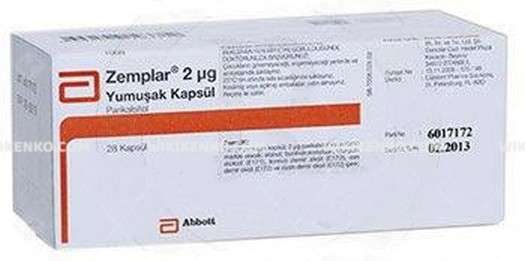
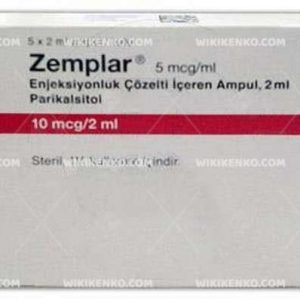
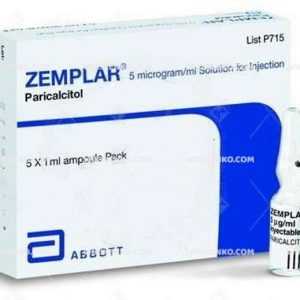
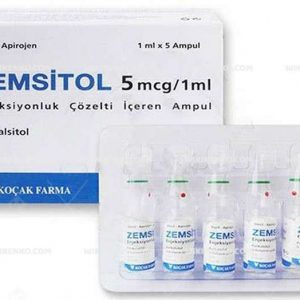
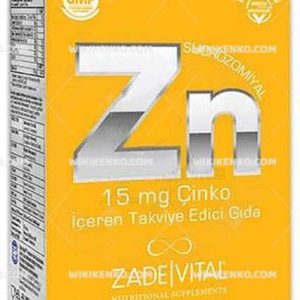



Reviews
There are no reviews yet.